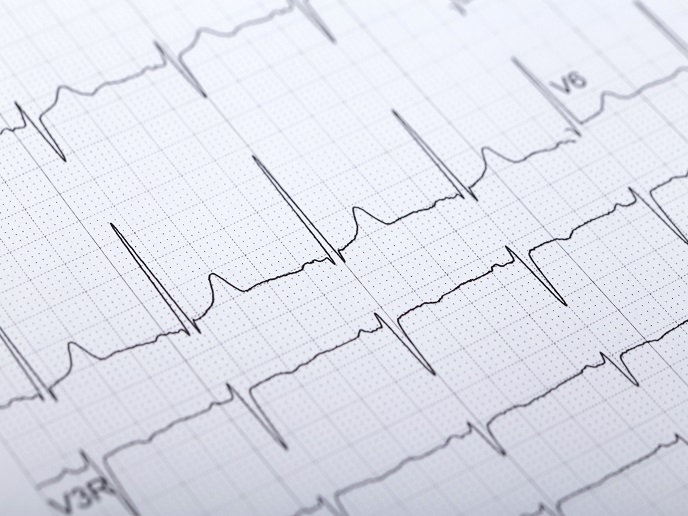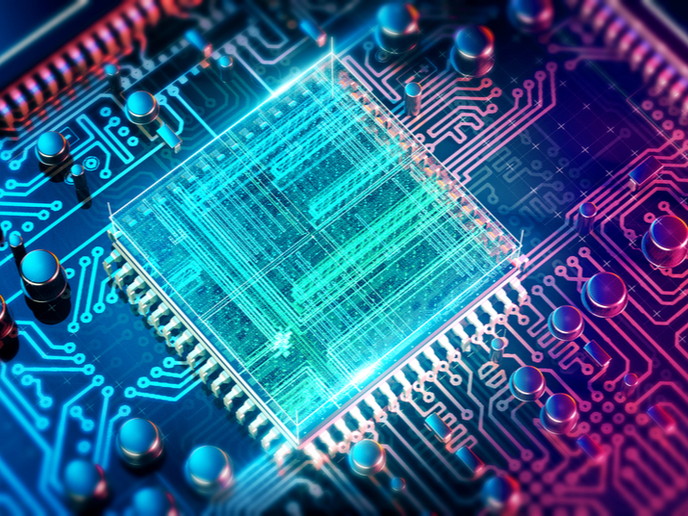How supercomputers can help defuse ‘cardiac time bombs’
Heart disease is the most common cause of mortality in the EU, accounting for a third of all recorded deaths. Around half of those deaths are the result of cardiac arrhythmia, an irregular heartbeat caused by disorders of the heart’s electrical synchronisation system. There are many sophisticated numerical models of this system, yet in order to model diseased or ageing hearts accurately, they must account for interactions at the cellular level. This takes an enormous amount of computing power, requiring exascale computers (those capable of performing 1 billion billion calculations per second). In the MICROCARD project, scientists are building the next generation of numerical cardiac electrophysiology models which can represent individual cells and their connections. “Some phenomena in the heart, in particular the initiation of arrhythmia, depend on events that happen in a single cell, or in the connection between two cells,” explains Mark Potse, a researcher affiliated with the Heart Rhythm Disease Institute (LIRYC) in Bordeaux, France, and MICROCARD project coordinator. “With our simulation platform we will be able to investigate such events and see how they translate into measurable signals, so we can learn how to detect and maybe defuse these ‘cardiac time bombs’,” he adds.
Building a digital heart
To make the simulator suitable for exascale computers, the MICROCARD team – a collaboration between many experts in mathematics and computer science – implemented the necessary algorithms in the Ginkgo library, which specialises in solving large-scale problems on supercomputers equipped with thousands of graphics processing units. The researchers updated the simulator code so that computations can take place uninterrupted during data transfer, and to detect hardware and software problems. Finally, the team developed a special-purpose compiler, a piece of software used to translate the equations that represent the dynamics of the cell membrane into code understood by computers. “These equations are the second largest consumer of energy in our computations, and at exascale the savings this allows are very significant,” notes Potse. The simulation platform itself is still being developed, and advances in individual components are the most tangible results of the project. Many of these are available free and open-source for large user communities. One important step is improving software that creates ‘meshes’ – the geometrical descriptions of cardiac tissue. The team is now able to build meshes representing thousands of cardiac cells, and to use them to test components of the software. “Such software has been developed with the idea that a few million elements is a large mesh,” says Potse. “Our ambitions are about a million times larger.”
Hearts and minds
The simulation software will be used by project partners and other researchers for cardiology research. Yet the team hopes its reach will extend to similar biological systems such as nerves, muscles, the eye and the brain. “Recently, neuroscientists have reconstructed a fragment of human brain down to the individual synapses, using serial-section electron microscopy,” says Potse. “With our software, it will be possible to turn such reconstructions into models and see how they might behave, and to simulate the signals that would be captured from such tissue.” The project was carried out with support from the European High Performance Computing Joint Undertaking (EuroHPC JU), an initiative set up to develop a world-class supercomputing ecosystem in Europe. The team will be able to continue their work in a new project, MICROCARD-2, thanks to the second funding phase provided by the EuroHPC JU. “This will build on the MICROCARD results and bring the simulation platform to actual exascale supercomputers, the first of which is arriving in Europe this year,” concludes Potse.
Keywords
MICROCARD, EuroHPC JU, heart, heart disease, arrhythmia, model, supercomputer, exascale, cardiac, Ginkgo, synchronisation, electrophysiology, HPC







